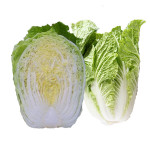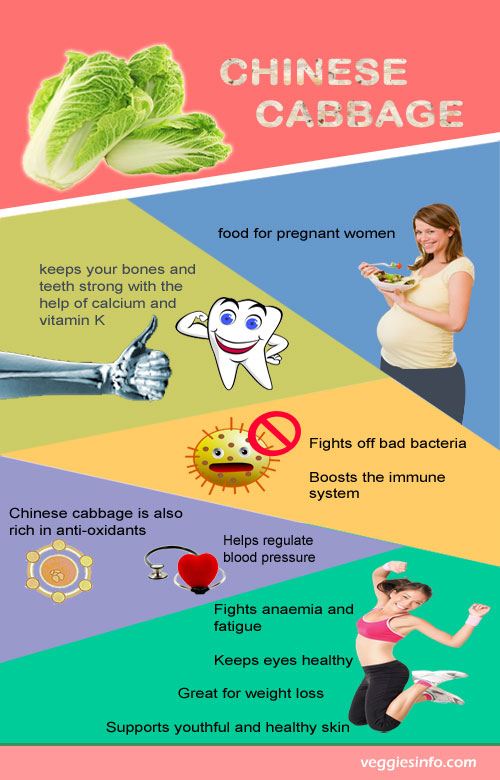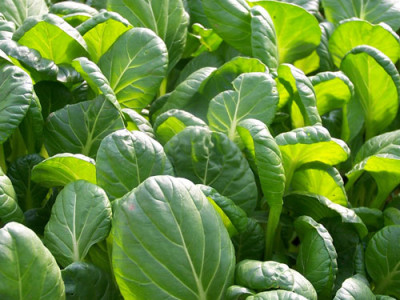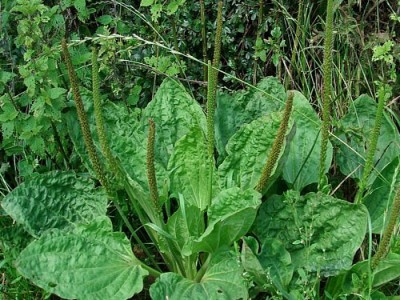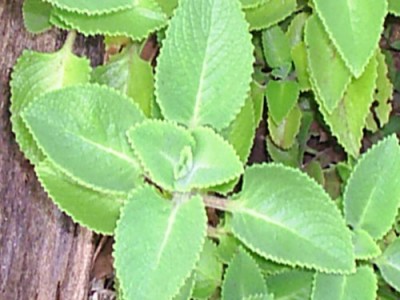

Chinese cabbage aka Napa Cabbage| Nutrition Guide and Benefits
About Chinese Cabbage
Chinese cabbage is also scientifically known as Brassica Pekinensis. Cabbage family is an extended family and has many varieties and variation to it. There are two distinct groups in which cabbage can be divided; Pekinensis where Chinese cabbage or napa cabbage falls under and the other being Chinensis that houses bok choy under it. Chinese cabbage as the name has it was first cultivated in Yangtze delta region which was brought into attention by a pharmacologist Li Shizhen who discovered it to be a medicinal plant. Napa cabbage became popular post Ruso-Japanese war where this vegetable was taken back to their home town by the Russians thus gaining a lot of popularity post war. This can be dated back in 1880’s where china introduced Napa cabbage to Japan, in 1890’s the labour class or the immigrants introduced it to parts of North America. Napa cabbage is a little different from the regular cabbage as it is longer and cylindrical in shape where as the regular cabbage are rounder when compared to them. A lesser known fact is that cabbage is the staple food of Russia and eats at an average of 7 times more cabbage when compared to that of a North American.
Chinese Cabbage Nutrition Value
- Food for pregnant women.
- Keeps your bones and teeth strong with the help of calcium and vitamin K.
- Chinese cabbage is also Rich in Anti-oxidants.
- Helps regulate blood pressure.
- Fights anemia and fatigue.
- Rich in antioxidants.
Chinese Cabbage Health Benefits
- Keeps eyes healthy.
- Great for weight loss.
- Supports youthful and healthy skin.
- Boosts the immune system.
- Fights off bad bacteria.
- Cabbage helps dry up oily and acne skin.
- Relieves the pain of a headache.
| Principle | Nutrient Value | Percentage of RDA |
| Energy | 25kcal | 1% |
| Carbohydrates | 5.8g | 4% |
| Protein | 1.3g | 2% |
| Total Fat | 0.1g | 0.5% |
| Cholesterol | 0 mg | 0% |
| Dietary Fibre | 2.50 mg | 6% |
| Vitamins | ||
| Folates | 53 µg | 13% |
| Niacin | 0.234 mg | 1.5% |
| Pantothenic acid | 0.212 mg | 4% |
| Pyridoxine | 0.124 mg | 10% |
| Riboflavin | 0.040 mg | 3% |
| Thiamin | 0.061 mg | 5% |
| Vitamin A | 98 IU | 3% |
| Vitamin C | 36.6 mg | 61% |
| Vitamin K | 76 µg | 63% |
| Electrolytes | ||
| Sodium | 18 mg | 1% |
| Potassium | 170 mg | 3.5% |
| Minerals | ||
| Calcium | 40 mg | 4% |
| Iron | 0.47 mg | 6% |
| Magnesium | 12 mg | 3% |
| Manganese | 0.160 mg | 7% |
| Phosphorus | 26 mg | 3.5% |
| Zinc | 0.18 mg | 1.5% |
| Phyto-nutrients | ||
| Carotene-a | 33 µg | — |
| Carotene-ß | 42 µg | — |
| Lutein-zeaxanthin | 30 µg | — |
Chinese cabbage is a very light vegetable as it has a very low calorie content. One serving of 100 grams of Chinese cabbage consists of 13 calories. This is a boon to everyone counting their calories and watching their weight. It is often told to us eat greens to stay fit ; this is a proven fact that Chinese cabbage and other members of the cabbage family are highly nutritious and should be made staple in everyday’s diet. Rich in Vitamin A vitamin B Fibre and proteins, this food is also cruciferous in nature. The unique thing about cruciferous plants is that they are rich in phytochemicals, a compound only derived from plants. Cruciferous plants contain a high source of glucosinolates that prevents the body from cancer also rich in anti oxidant property this plant is rich in elements that fights cancer cells and helps in recovery from cancer. Calcium and potassium helps in controlling hyper tension and blood pressure; these vital elements are found largely in this plant. This vegetable can satisfy the need of daily intake of vitamins and proteins and also aid in good eye sight. Chinese cabbage is a highly recommended food for all pregnant mothers as it is highly nutritious and rich in folic acid that aids in lactation.
How to Enjoy Chinese Cabbage
This cabbage has longer leaves that are tightly wrapped up. It forms a core ingredient of oriental and pan Asian cooking styles. Use the leaves of Napa cabbage to make wraps; fill it with fun stuffing of meat or any vegetables and steam them.
Cabbage soup comes with a crunchy texture and is a whole new innovation to the world of creamy rich soups. Coleslaw made out of cabbage is crunch zesty and overall a healthy sandwich spread. Hot dogs wouldn’t taste that good if they weren’t topped with sauerkraut (pickled cabbage). All in all Chinese cabbage blends well with food and taste great without being unhealthy.
Thoroughly cleaned cabbage can be eaten raw, in fact, is very nutritious.Sliced or grated raw leaves are added to vegetable salad preparations.
Raw sliced or chopped leaves can be added to vegetable salad preparations.Fresh or pickled cabbage leaves used as rolls, in filling (sarmale), which is usually based on minced meat in many parts of Central Europe, Balkans, and Asia-minor regions.
Stew fried cabbage, onions, garlic, bell peppers and green chilles mixed with steamed rice, and soya/chilli/tomato sauce is one of the favorite dishes (Chowmein) in China and other South East Asian regions.
Furthermore, it is used in the preparation of a kind of soup with added beet juice, and yogurt known as “borscht,” a very popular in eastern European nations.

